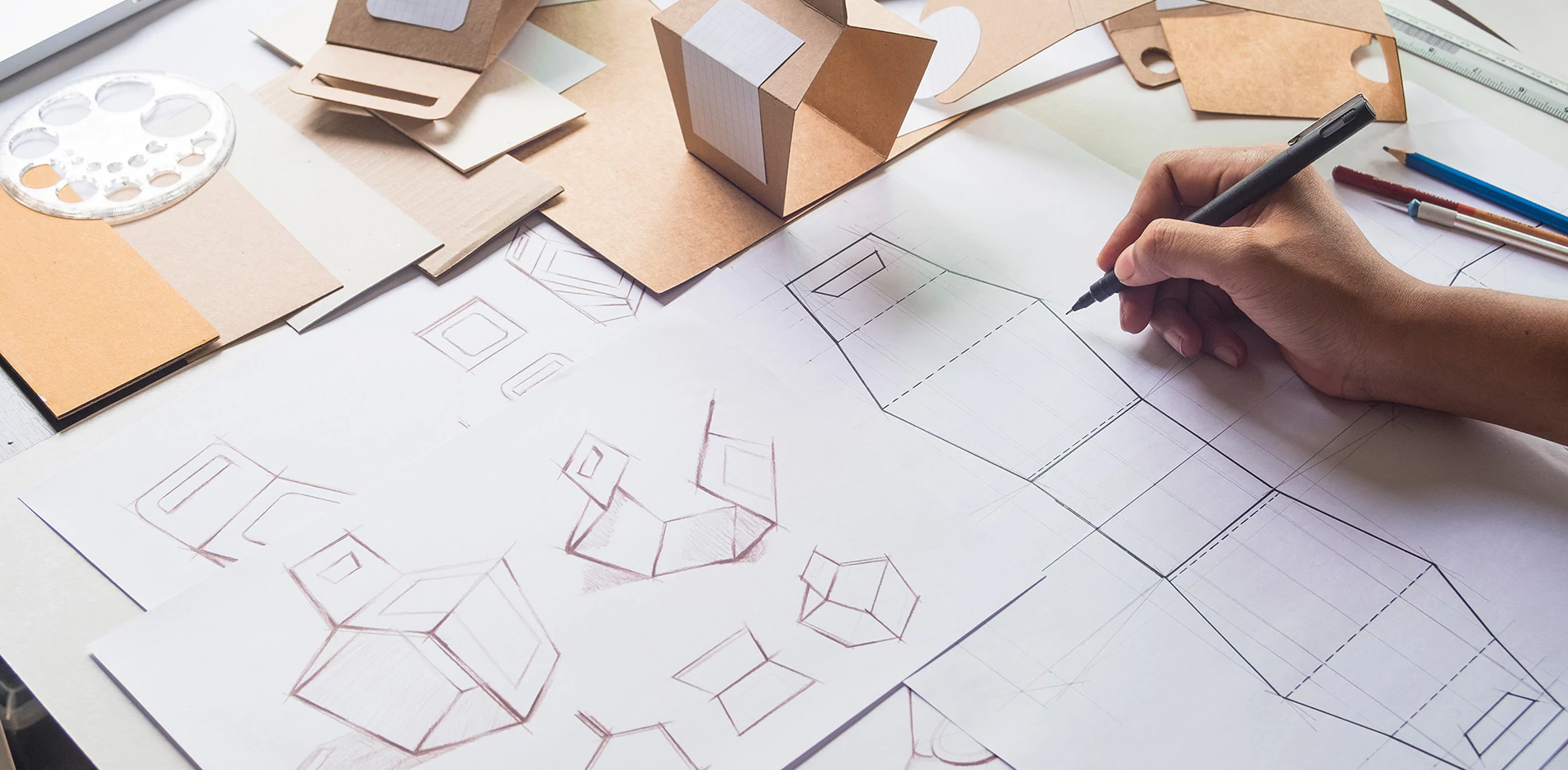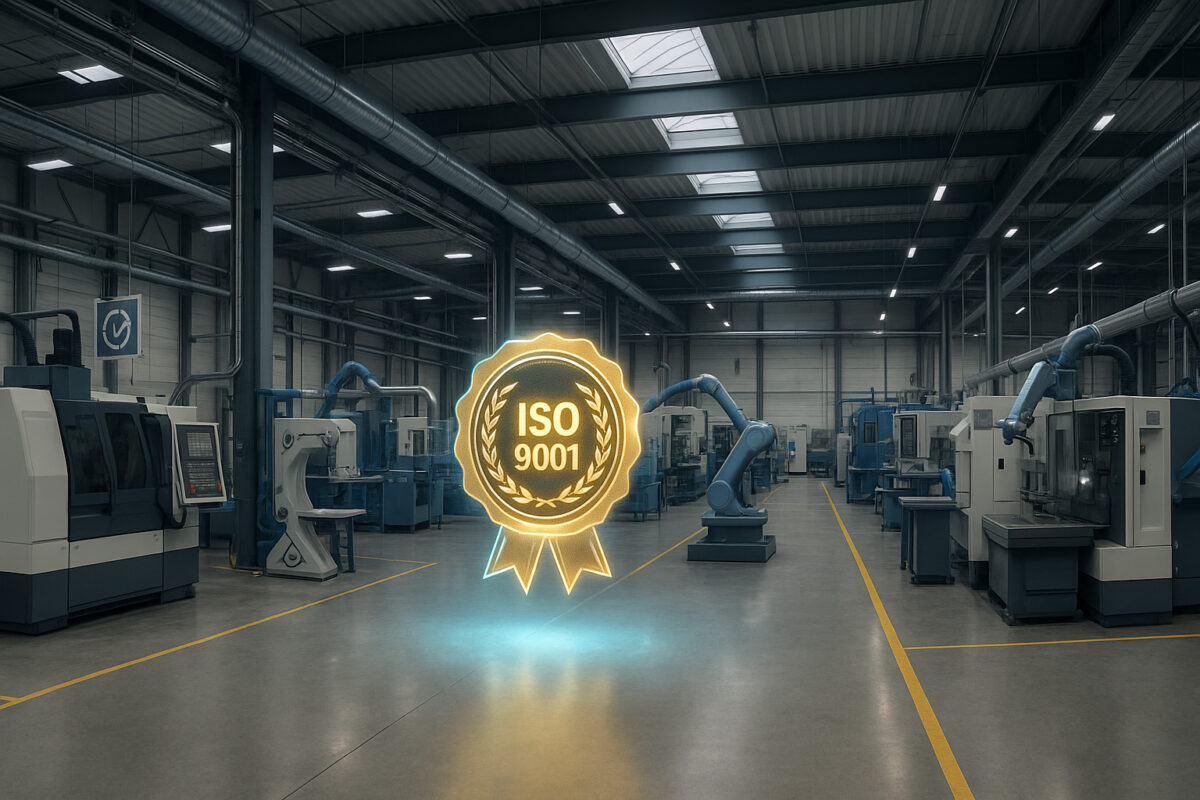
Definition of Industrial Prototyping
Industrial design encompasses all the processes through which a company creates the model of its offering and ensures its compliance with market standards. This technique involves developing a prototype that closely resembles, or is even identical to, the original concept. The model resulting from the design phase thus presents the characteristics of the final deliverable.
Industrial prototyping simplifies the control of product creation. It serves to validate the feasibility, design, and functional parameters of a company’s next product. This approach allows:
- To conduct an in-depth user test before mass production,
- To identify and resolve model malfunctions,
- To test the design flexibility of the product,
- To proceed with additive manufacturing for significant time savings.
Industrial modeling reduces the cost and risks inherent in the development of new products. It thus ensures shorter manufacturing times.
However, prototyping has its limitations. They emerge when the prototype is used incorrectly. The complexity of the object to be produced sometimes makes the process costly. To avoid these pitfalls, entrust all operations to a specialized company like MWT Sourcing.
What Are the Principles of the Prototyping Phase?
Industrial design takes place during the research and development phase. To obtain the desired model, the team dedicated to this task goes through 3D modeling and the creation of multiple mock-ups if necessary.
The process allows the properties of a part to be tested under real conditions. It thus determines the choice of materials and formats for the final product.
Rapid industrial prototyping differs from traditional modeling. It is based on 3D printing and computer-aided design (CAD) to quickly test a model or conduct a feasibility study. Industrial design, on the other hand, follows a long process to integrate all industrialization and production constraints into the prototype.
What Are the Categories of Industrial Prototypes?
Companies use four different modeling systems to successfully complete their design phase. Several prototyping methods enable the creation of these mock-ups:
- CNC machining,
- Selective sintering,
- Vacuum casting,
- Virtual prototyping,
- Injection molding,
- Metal 3D printing,
- Software prototyping…
The conceptual mock-up validates the initial idea at a lower cost. This “proof of concept” (POC) is the most basic prototype.
With the aesthetic model, the company can refine the product’s design. The focus is on visuals, though new functions can be integrated.
The functional prototype focuses on the mechanical resistance of components and parts. The industrialization design, in turn, represents the finalized version of the model. It ensures small-scale production and facilitates commercial demonstration.
How to Create a Functional Prototype?
Product design for the industrial, aerospace, automotive, or medical sectors follows four phases.
Research and Development
This phase covers the initial idea, innovation brainstorming, and compliance with standards and regulations. The team dedicated to this stage also investigates existing patents to avoid intellectual property violations.
It is followed by the creation of initial CAD drawings, ergonomic studies, component and material selection, and 3D visualization of the concept.
Engineering Work
This phase consists of a series of tests to anticipate the model’s behavior. Other key actions, such as sourcing suppliers for materials and cost control, help optimize the process cost without compromising quality. This phase concludes with the calculation of production expenses.
Design and Conception
Technicians merge the aesthetic and functional parameters of the product. They then create digital mock-ups for an initial visualization. Prototyping itself involves developing multiple test versions of the object to facilitate its evaluation.
The third phase continues with testing to ensure the model’s performance and safety. It concludes with documentation work for maintenance and user guidelines.
Product Industrialization
This stage involves creating the tools necessary for mass production of the item to facilitate its industrial applications. This is followed by limited manufacturing for final adjustments. The model then undergoes mass production and quality control to ensure compliance.
How to Choose a Partner for Prototyping?
Industrial prototyping requires proven expertise and a skilled workforce. The ideal company adopts a comprehensive development approach to offer complete prototyping services.
The best industrial design specialists provide a customized solution that goes beyond market standards. Their expertise in prototyping and responsiveness ensures a production cycle that meets the highest quality standards.
Material selection, risk assessment, prototyping methods, packaging, control, and monitoring… MWT Sourcing leverages its experience to help you model your future best-sellers.



